Watch these two videos for highlights of our Galapagos expedition! The first is a slide show composed of images taken by the travelers and the second is a video compiled by the expedition videographer.
0 Comments
This is our last full day in the islands. We visit San Cristobal, the easternmost island in the chain. It is formed by four volcanoes bonded together and is the most humid island due to underground aquifers and freshwater flows. It holds the biggest freshwater lake of the archipelago called El Junco, located on the south center part of the island about 660m above sea level. San Cristobal is one of the two only places where the Red Footed Booby can be found. In the morning, it's hiking shoes on and walking sticks in hand as we climb up Punta Pitt, volcanic terrain at the northeastern end of the large island. We're walking up about 350 feet but it's zig-zaggy and very rocky.... In the afternoon we are shuttled to Cerro Brujo beach ("Wizard Hill") and in the distance you can see an isolated rocky outcrop in the water called Leon Dormido ("Kicker Rock"). It was a lazy time on the isolated strip of beach. The sun is setting on our last full day in the islands. At sunset we cruise by the Kicker Rock formation. A squadron of frigate birds were catching the ship's draft and hovered over the boat. At dinner it was a surprise for Merle! Santa Cruz Island is the second largest island in the archipelago. It is home to the most people there - about 25,000 folks, located mainly in the port city of Puerto Ayora. In the morning we went ashore and took a 30-minute drive inland and upland to visit a farm called Rancho El Manzanillo which is adjacent to the national reserve and so is full of giant tortoises. After returning to the Endeavor II it's time for a late afternoon wet landing at Bowditch Bay for walking along the beach, snorkeling or relaxing.
Today we explore around Santiago Island, the fourth largest of the Galapagos Islands. In the early morning we hike along Espumilla Beach, on the western coast. This beach is considered one of the archipelago's most important marine turtle nesting areas so we are enjoined to stay below the high tide line. The video below is of a group of five Blue Footed Boobies dive bombing for fish. In the afternoon we attempted some kayaking but it was too rough for us so we stayed aboard the Zodiac. Later in the day we were ferried to Puerto Egas beach for some sun, sand. and snorkeling. There we encountered an amazing scene - a mother sea lion was nursing two pups - one a little guy and the other an older brother (?) - the mom has enough of the noisy nursing and attempts to get a way - watch the video to see what happens next! But one of the most fun and unexpected experiences of the voyage was at cocktail time when skipper Eduardo Neira sang a number of songs accompanying himself on the guitar! Watch the video for his sing-along "I Love These Islands"! Truly a magical night. Read more about the captain here...
Isabela Island is the largest in the Galapagos group, created by the fusion of six large shield volcanoes - which gives the island its distinctive "seahorse" shape. In the morning we visit an area on the west coast of Urbina Bay - where, in 1954, the land was lifted up 15 feet almost instantaneously!
In the morning we visit Fernandina Island, with an active volcano rising to about 5,000 ft, one of the most active in the world (recent eruptions in 2005 and 2009)! It is also the world's largest completely pristine island, that is, containing no introduced species. We hike along the black lava beach at Punta Espinoza. The solid black slabs of dark ropy lava is referred to by the Hawaiian term "Pahoehoe." Lots of land iguanas taking the sun! We are starting to appreciate the results of the isolation of the wildlife and the absence of land-based predators. The animals are completely indifferent to our presence! After lunch we were shuttled to the western bioregion of the Galapagos Marine Reserve for deep water snorkeling. This is where we got a real surprise! Clearly, some critters WANT to engage with visitors! In the late afternoon, it was time for a wine tasting on the Observation Deck and to cross the Equator at sunset! As we did, the crew had a surprise for us! Our first full day aboard. We are getting used to the ship and its spaces and services. We are up early and set to expeditioning! All aboard the fleet of Zodiacs to go ashore. Life jackets on, please! First stop is a hike along the beach at North Seymour Island. We had many serious photographers on the voyage, including Vicki Landon and Dave Weilert, from Austin. We got to share our experiences with them a few other couples as the voyage moved on. They shared many of their great pix and I will use them and images/videos from other travelers. The word ‘galapago’ means ‘tortoise’ in Spanish; the islands are named after the giant tortoises that live on some of them. Next stop was Rabida Island. In 1975 the Galapagos National Park Service successfully eradicated introduced goats from the island, and in 2011 destructive, introduced black rats were removed. The Park Service and hosts of scientists and naturalists have been studying, monitoring, and protecting these islands for about 80 years. See the Galapagos Conservancy site to learn more. Here Merle and I tried our first snorkeling adventure in a number of years. I was testing out my GoPro Hero 9 - we saw a lot of sardines and Yellow Tails.  The Galapagos Islands contributed significantly to Charles Darwin's theory of evolution. He collected and later reflected on the differences between the different species of finches from the islands. "Considering the small size of these islands, we feel the more astonished at the number of their aboriginal beings, and at their confined range... Hence, both in space and time, we seem to be brought somewhere near to that great fact, that mystery of mysteries --the appearance of the new beings on this earth." Charles Darwin, 1845. Flying first from Miami to Guayaquil, Ecuador and then a short flight to San Cristobal Island in the Galapagos. A short bus ride to the dock for our first Zodiac shuttle to the National Geographic Endeavor II. We are given life vests and wear them every time we board a Zodiac - keeping them in our room on pegs next to our jackets. We are at sea! After lunch we (90 guests) meet the Expedition Leader Cindy Manning. We meet our fellow travelers and start to get to know some of them. We have our first "wet landing" from the Zodiac to Las Bachas (Barges) beach. The Galápagos Islands are Situated in the Pacific Ocean some 1,000 km from the South American continent, these 19 islands and the surrounding marine reserve have been called a unique ‘living museum and showcase of evolution’. Located at the confluence of three ocean currents, the Galápagos are a ‘melting pot’ of marine species. Ongoing seismic and volcanic activity reflects the processes that formed the islands. These processes, together with the extreme isolation of the islands, led to the development of unusual animal life – such as the land iguana, the giant tortoise and the many types of Finch – that inspired Charles Darwin’s theory of evolution by natural selection following his visit in 1835. The islands are protected as a UNESCO World Heritage site.
Friday, April 22 We are travelling with Linblad Expeditions and National Geographic. "Over 50 years ago, Lars-Eric Lindblad chartered a ship and brought the first non-scientific travelers to Antarctica. A year later, in 1967, he did it again in Galápagos. Regarded as the father of ecotourism, he believed that educated people who saw things with their own eyes would be a potent force for the preservation of the places they visited. " We picked this company because of their love and respect for nature, history, learning, and conversation.  Each trip gets its own private dashboard where the traveler loads up required documents, tracks payments, and gets links and resources related to the trip - a reading list, guide to the destinations, info on the boat and crew, etc. Very handy! Friday, April 22 Our trip began like four years ago when we decided to tick a major item of our bucket list - go to the Galapagos Islands AND visit the fable site of Manchu Picchu in Peru. A friend told us about Paul Klein Travel and we got hooked up with their President, Owner Tim Krenzien. Little did we realize that we would going back and forth for YEARS before we actually went on the trip. So, we were originally scheduled to travel in April of 2020 - but then COVID hit the planet and in early March we were just getting a sense of how bad it would be - but there was a lot of uncertainty. With a very short window to decide, we made choice to postpone the trip. Over the past two years, Tim and his crew went overboard (well, they stayed ON board) to help us navigate the many uncertainties and unprecedented situations that gripped the planet and the travel and lodging industries. We tip our hats to Tim and the team at Paul Klein Travel!  Thanks, Tim! Thanks also to Nicole Williams! |
Just the highlights and headlines...
Archives
January 2023
Categories |






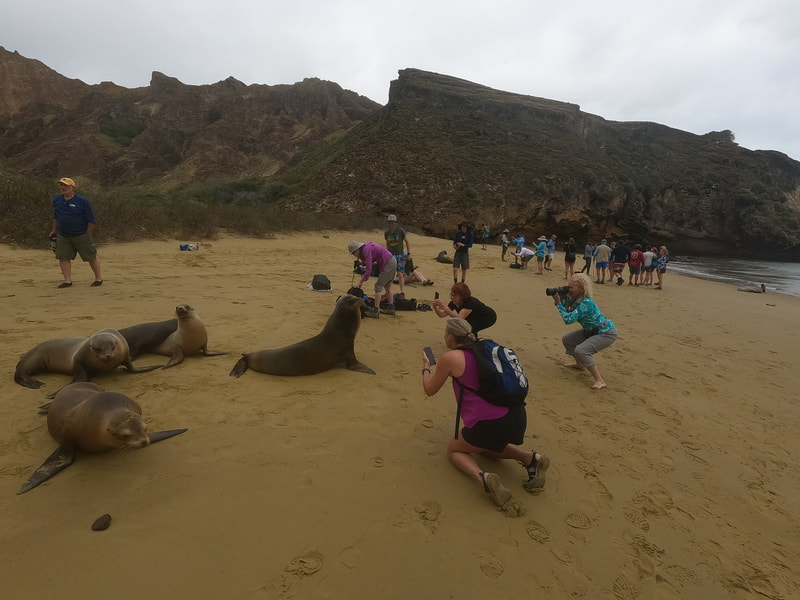

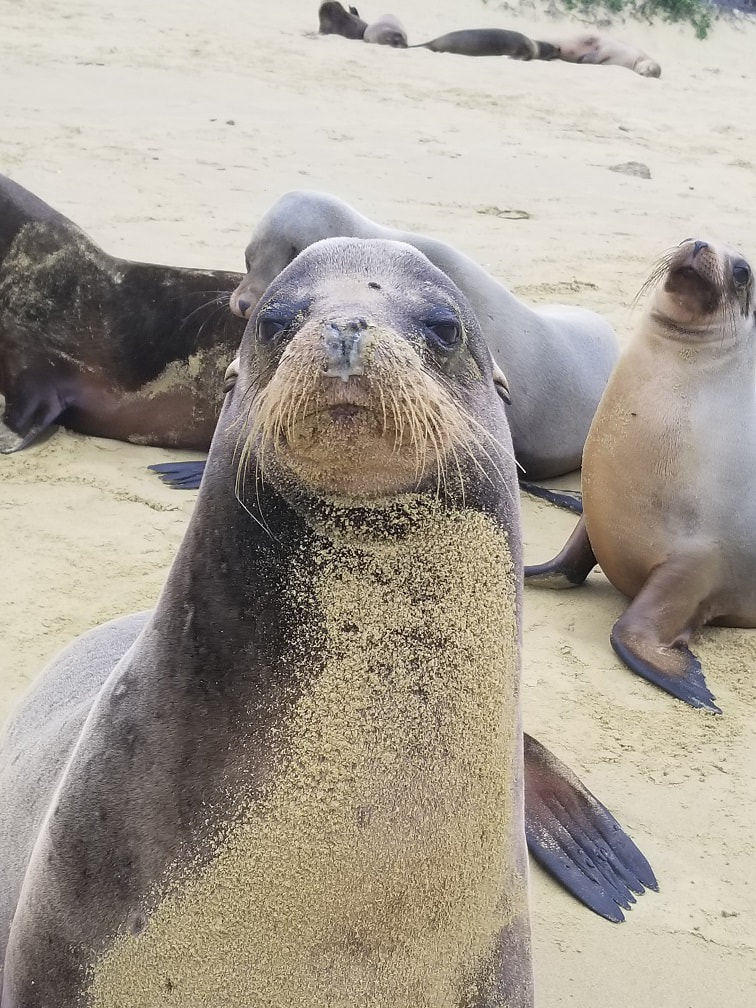
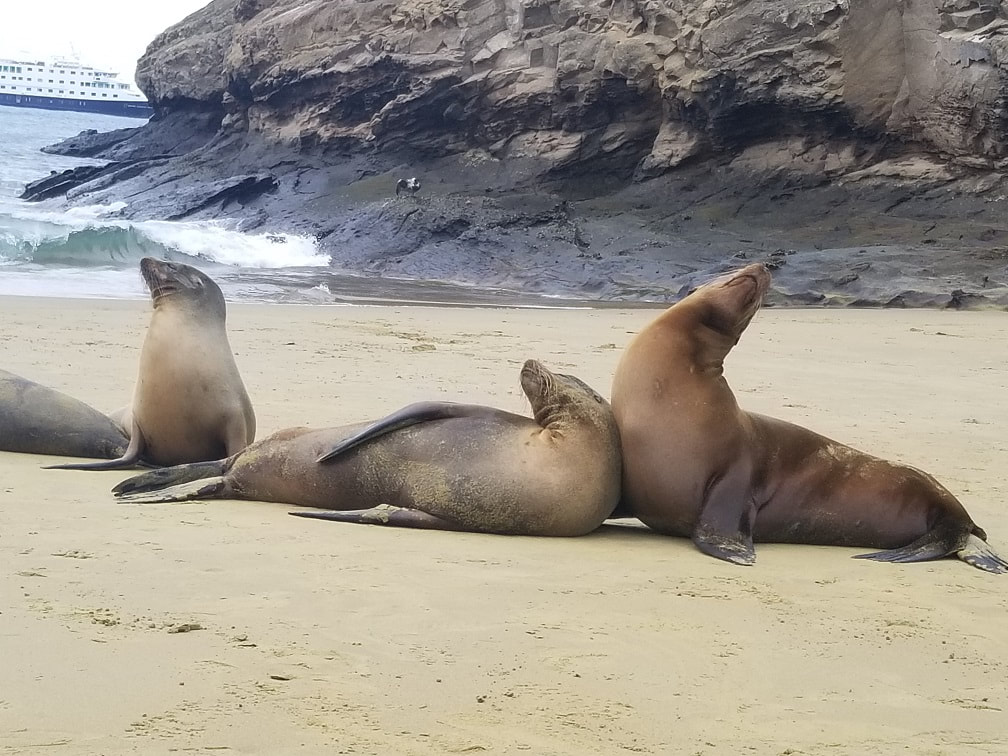





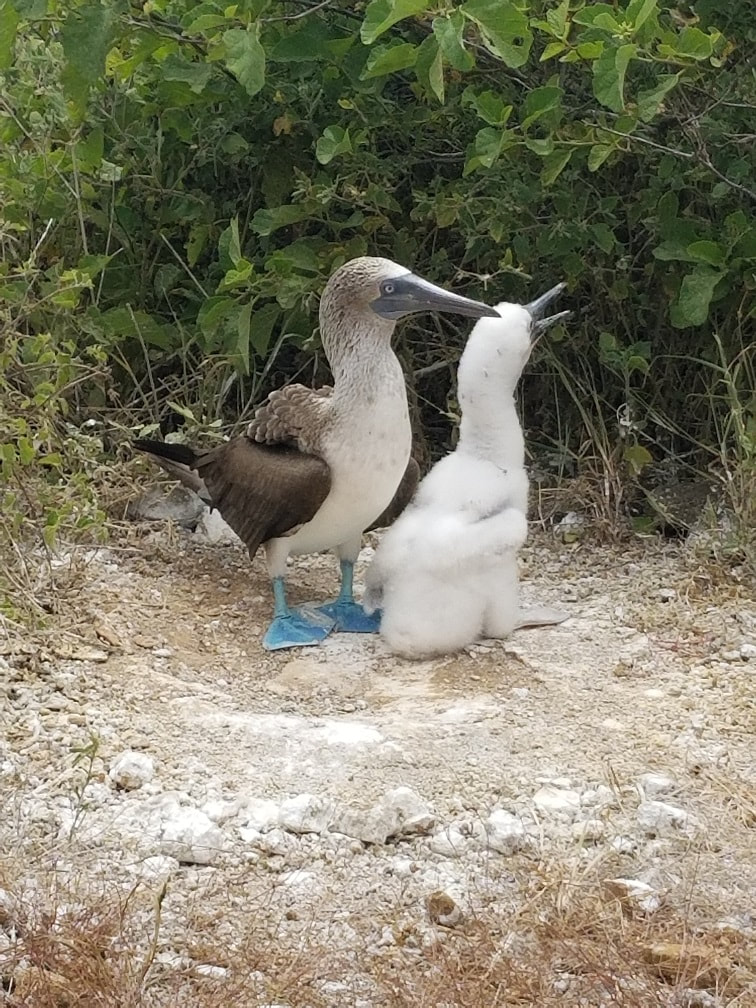














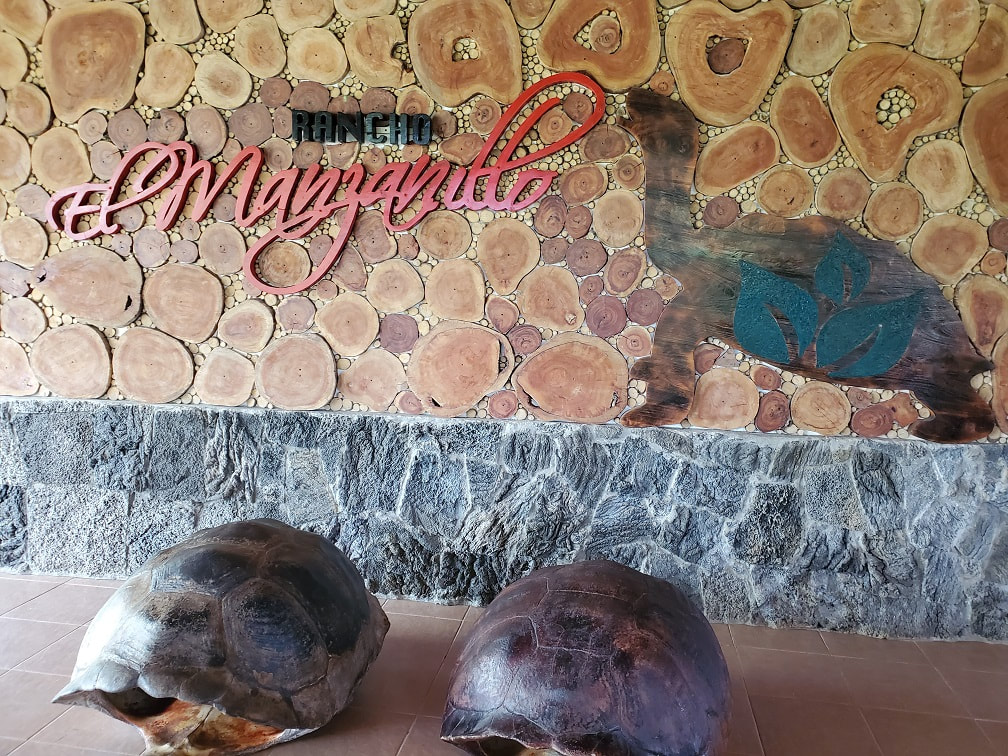

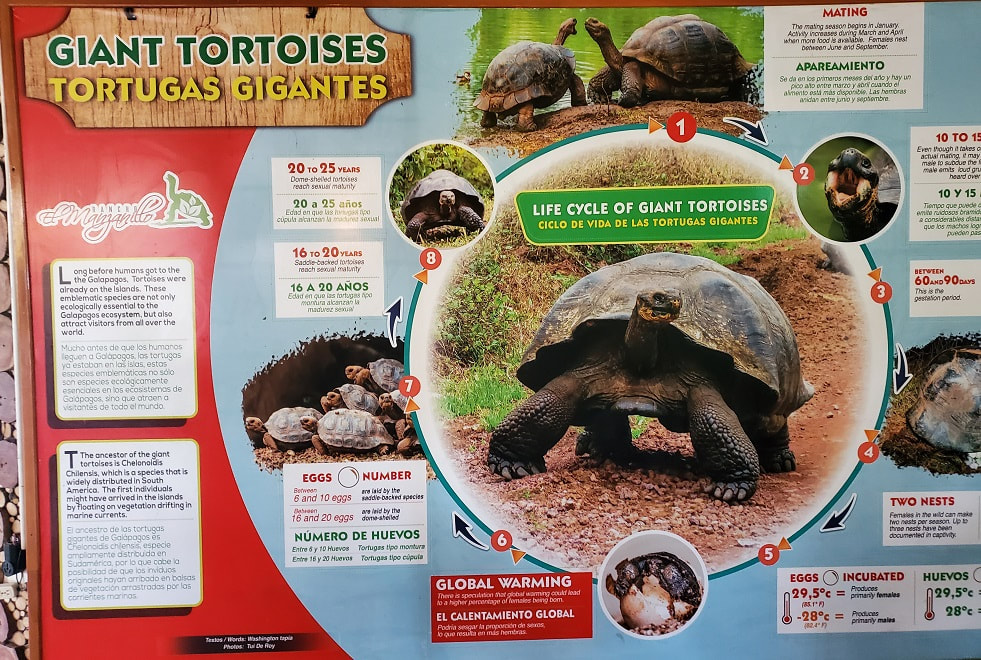









































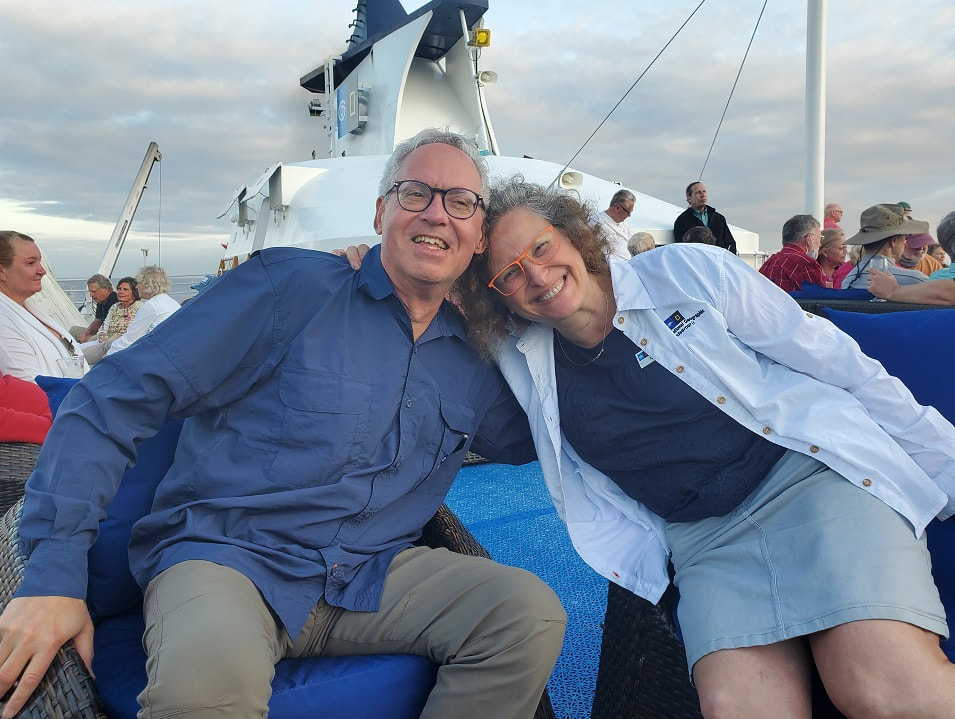




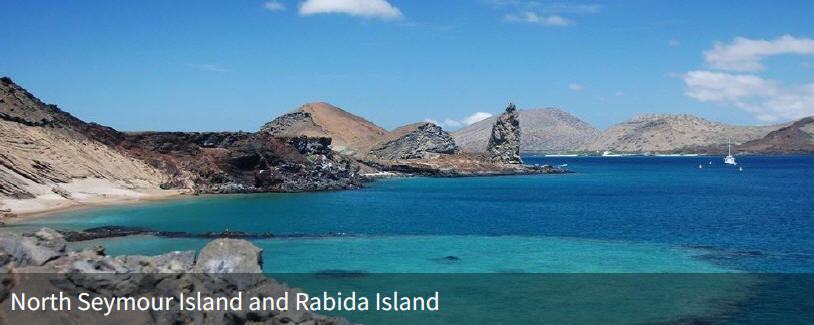

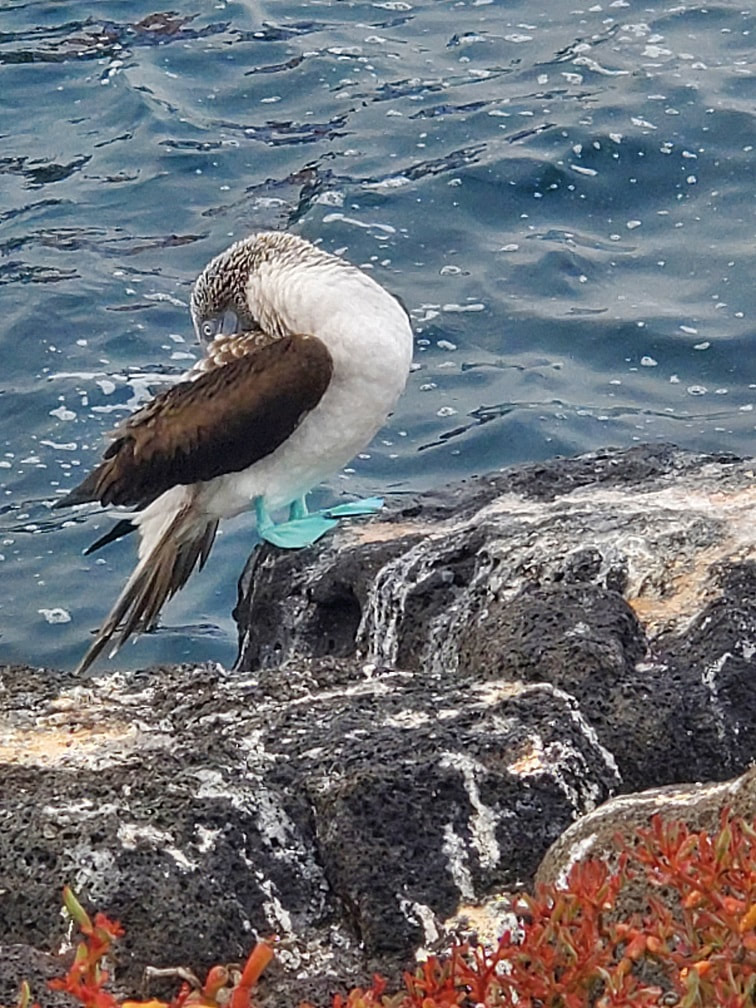



















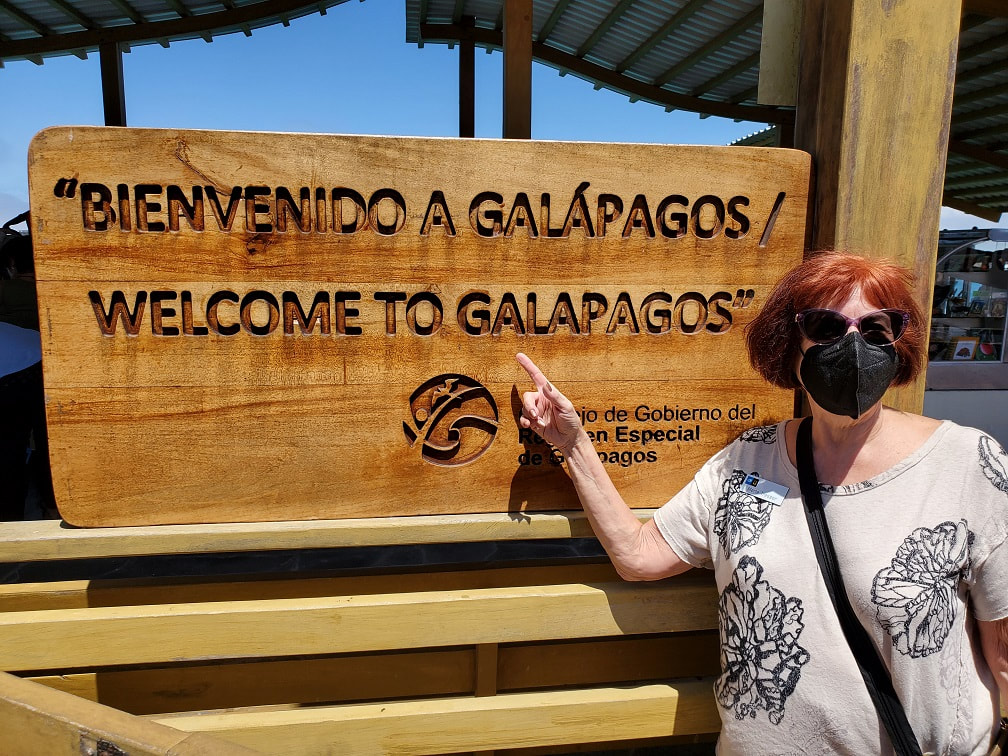
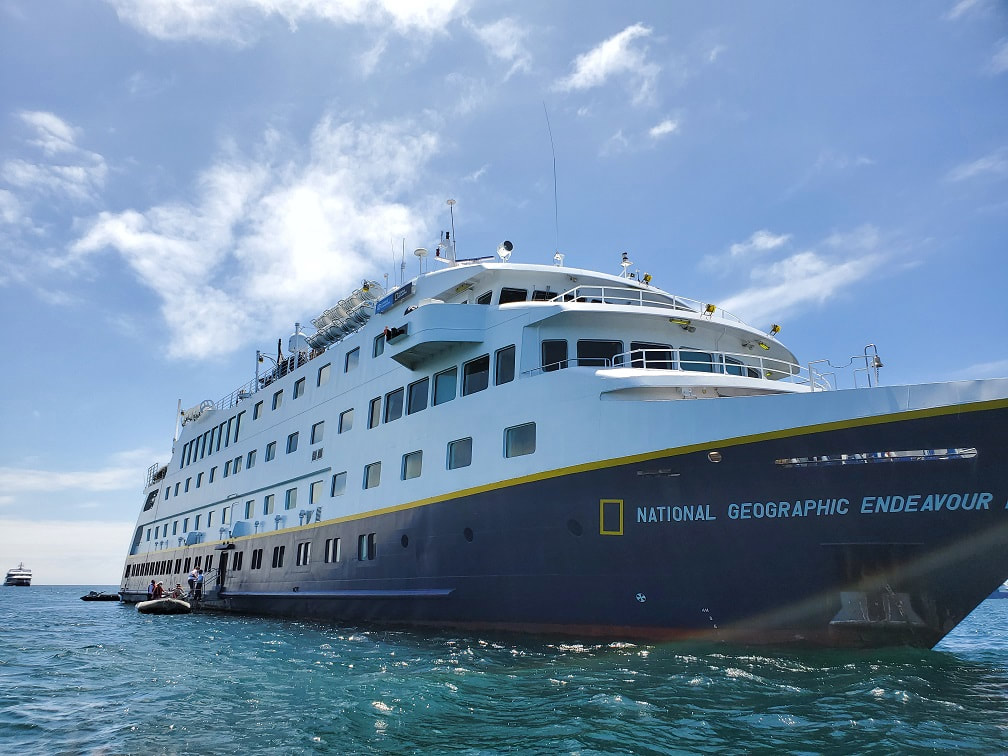
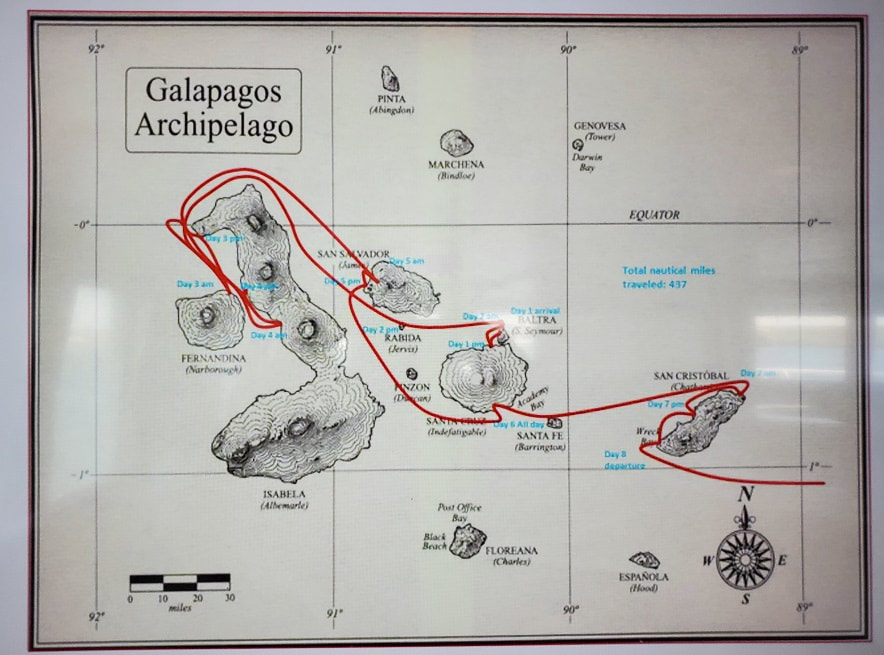
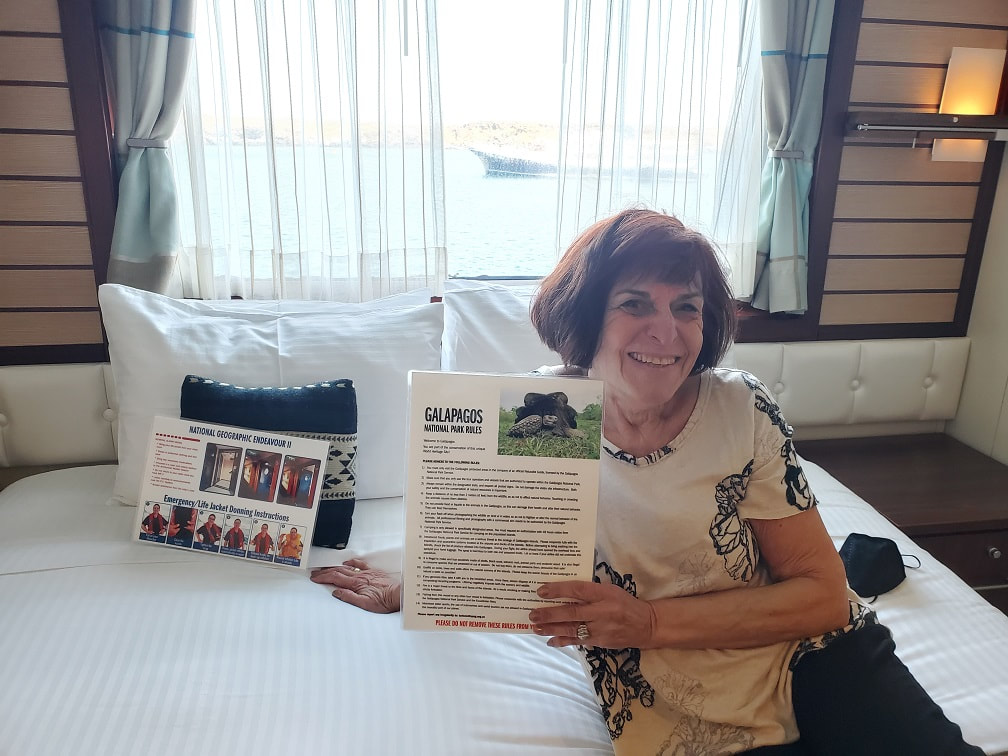


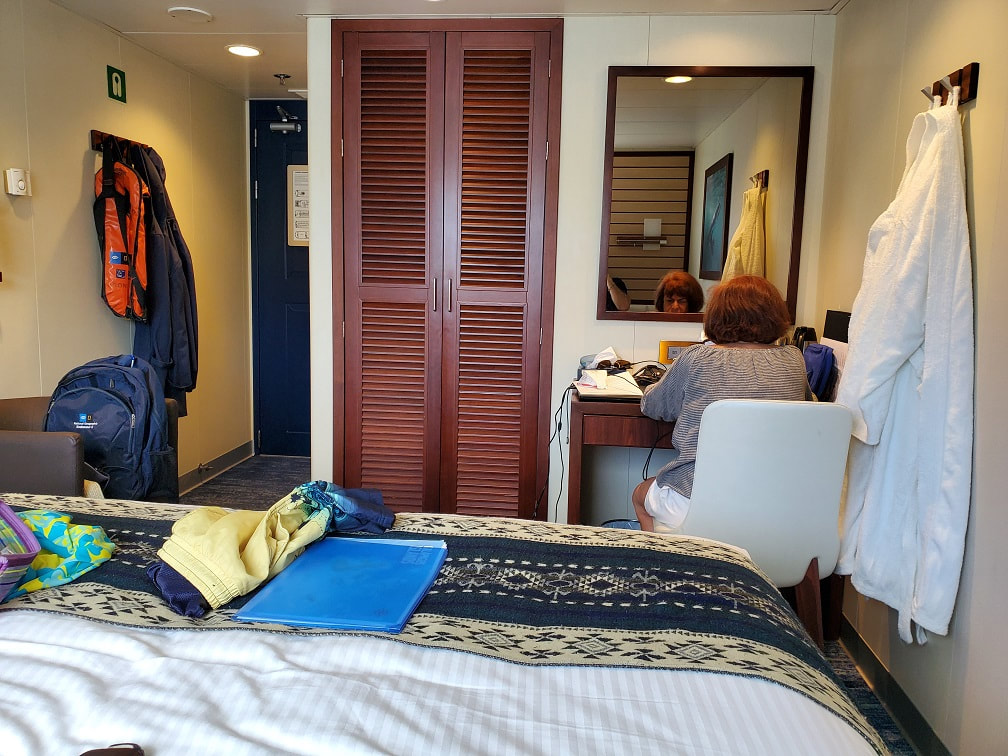











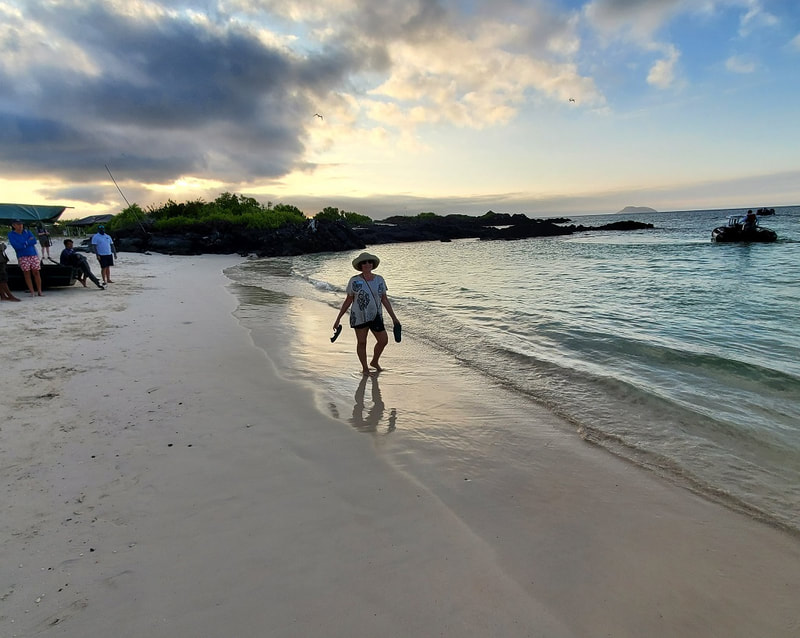






 RSS Feed
RSS Feed